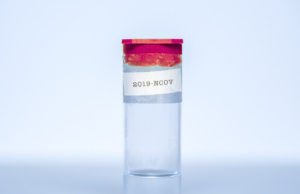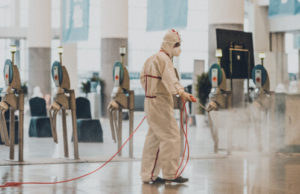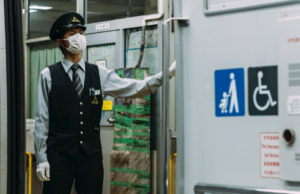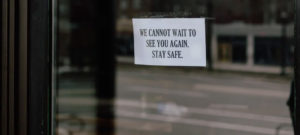Nothing puts up more of a fight than a cornered animal– especially one that’s dead set on protecting its young at all cost. Parents everywhere are faced with the invisible threat of COVID-19, and are pulling out all stops to ensure their families are safe from any potential infections. Whether it’s by more drastic measures like self-isolating away from their families, or more casual measures like PPE use for the entire household, there’s always a step forward to safety.
Children above the age of 2, and without major respiratory issues should have no problem wearing masks. The adoption of protective clothing does present its own unique challenges though, namely with how to get it on the lil’ dudes and more importantly, how to get children to keep them on. As with all matters of habit, the introduction counts, and a little empathy or respect for the child’s autonomy goes a long way– making them see it as a responsibility, or a part of their day on the off chance they leave the house.
Establishing a context for the behavior, and the causal relationships involved is a good first step– giving them a clear reason to change their habits on top of your authority as a parent. This doesn’t just build trust, but also sets the child up for critical thinking skills they’ll need later on. Oh, and you’ll find yourself with the side benefit of a child who has at least some grasp of the stakes involved– making them choose to wear masks out of their own volition.
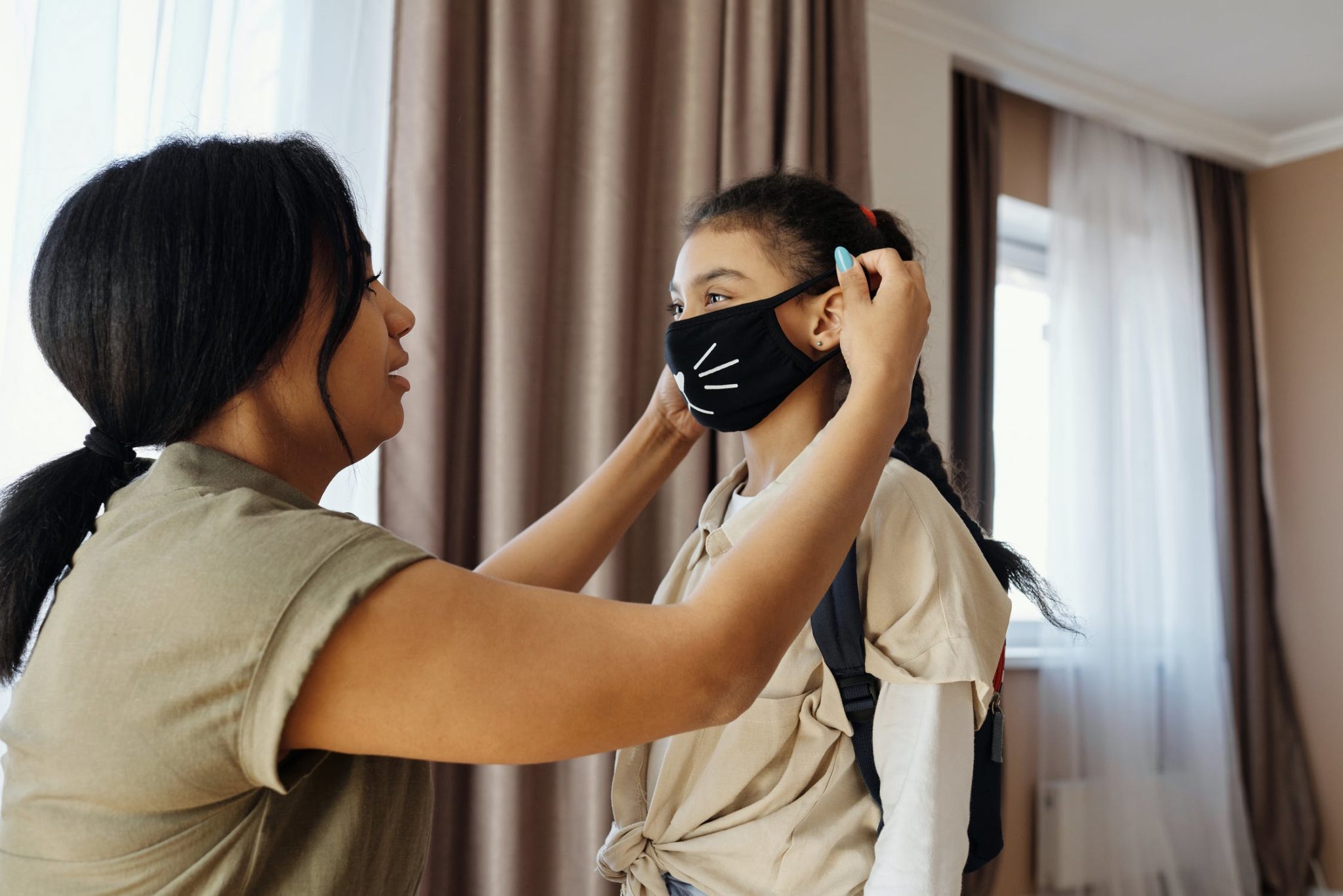
INSERT PHOTO: https://www.pexels.com/photo/mother-putting-a-face-mask-on-her-daughter-4261252/
Quick tips
- Select a range of different child-friendly masks. A striking, playful pattern might draw their attention. Also take note of appropriate sizing, to ensure a snug fit over the nose and mouth.
- Make sure the child selects the specific mask they like from the lot– this gives them a sense of personal investment in their PPE, and may make them more likely to hang on to it when outside.
- Have them try to blow through the mask to ensure it keeps air and droplets within the mask’s interior. If the mask works as expected, you shouldn’t feel any air hitting your palm if you hold it up to the child’s face while blowing. If this fails the test, have them choose another mask.
- Establish a standard procedure for them to follow when going out. Encourage them to wash their hands, and wear their protective gear by giving them little rewards for doing so.
- Likewise, establish a standard procedure for when they return home. Spray disinfectant on clothes and shoes upon entry. Don’t forget to have them wash their hands, and take a quick shower afterwards for good measure. Fabric masks are machine washable, and we’d encourage you to toss those in for a quick wash too.
